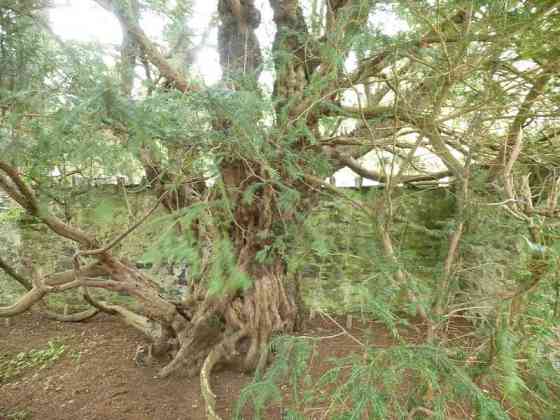Once famous for its shipyards and factories, Clydebank in West Dunbartonshire has seen significant change to its streets and industries over the past century, not least following the terrible nights of the Clydebank Blitz during the Second World War.
A Brief History Of The Town And Area
Two parts of a video (probably made in the 1990) which gives a really good introduction to the town’s history, with lots of stories, photos and films:
Part One
CLYDEBANK, From Canoes to Cunarders (Part One) – on YouTube
Part Two
CLYDEBANK, From Canoes to Cunarders (Part Two) – on YouTube
Clydebank Blitz, March 1941
The town’s manufacturing industry, munitions factories and shipyards made it a target for German bombers during the Second World War.
The 13 and 14 March 1941 saw much of the town destroyed by the Luftwaffe’s bombs.
The statistics are staggering:
- 1,200 people died
- 1,000 people seriously injured
- many hundreds more injured by blast debris
- All but 8 of the town’s roughly 12,000 houses damaged
- 4,000 homes completely destroyed
- 4,500 homes severely damaged
- 35,000 people made homeless
The photos in this video show families walking through streets of utter devastation, firefighters working to find survivors and quell fires in huge piles of rubble and shells of buildings, and a young, bewildered child being carried to safety.
clydebank blitz ww2 – on YouTube
In The 1960s & 70s
Clydebank in 1960
Home movies made by Robert McRitchie show trams whizzing down the street, the shipyard cranes, and the sparsity of traffic.
Clydebank 1960 – on YouTube
CLYDEBANK in 1975
Owen McGuigan’s film from 1975 looks at the town’s streetscapes during a period of industrial change.
Abandoned historic, stone houses and flats lie boarded up awaiting demolition. The cranes of the shipyard stand proudly against the skyline. Many of the buildings and pubs soon disappeared for the new shopping centre and road.
CLYDEBANK 1975 – on YouTube
CLYDEBANK in 1978
A selection of Owen McGuigan’s black and white photos of the town in 1978.
He started taking photos the previous year. That is astonishing given the quality of images capturing both people and their environment. Each scene is full of small, fascinating details.
CLYDEBANK 1978 – on YouTube
Singer Sewing Machines Clydebank Factory 1979
Singer sewing machine factory: a major employer for decades
The Singer Sewing Machine factory was an important employer in the town, and until 1975 a sewing machine icon was shown on the town’s coat of arms.
By 1979, the business had been struggling for several years, possibly for about 20 years.
However, it still employed 3,000 people and produced machines for domestic and international markets.
Singer Sewing Machines | Clydebank Factory |Scotland | TV Eye | 1979 – on YouTube
Closure of the factory is announced: November 1979
In November 1979, the US management announced that the factory would be closed in June 1980.
At the time, unemployment in the town was already a whopping 11%.
The TV film crew visited the factory
So TV Eye (Thames TV) came in to film the factory and gather opinions about the impact the factory closure was going to have on individuals and the local community.
It affected workers in their 50s who weren’t sure where to get their next job, and young people still in their teens who wondered what benefits could tide them over.
Foreign competition – but not from China in those days
The researchers visited a Glasgow department store and discovered that the machines on display were made in Japan, Taiwan, France and Italy.
The free after sales service for five years seemed to be part of the package which made foreign machines more attractive to customers – or so the researchers appear to have been told. They didn’t discuss the purchase price differences.
The US management also started new factories in other European and Far East countries, citing better productivity.
Meanwhile the Scottish factory was producing far below capacity by management order, and one worker talked about their problems getting parts and how it affected both productivity targets and their pay packet.
Political reactions
Ten minutes in, we hear the slow death of British industry being predicted by John McFayden, the Singer Factory’s Convenor (senior union representative).
Much of what he says comes true over the next two decades.
The second half of the film is a studio discussion between the presenter and the Conservatve’s Secretary of State for Industry Sir Keith Joseph (1918-1994).
Old Photos 1993-94
This selection of old photos from 1993 and 1994 is in colour. They show different buildings and streets (from a light plane?) including some which no longer exist.
clydebank & dalmuir 1993-94.wmv – on YouTube
VJ Day Parade 1995
A large number of people of different ages took part in the VJ Day Parade on 20 August 1995. Filmed from two locations, participants and a few spectators appear.
VJ Day in Clydebank: Parade (20 August 1995) – on YouTube
End of the John Brown Shipyard
John Brown’s shipyard was established in the town in 1871, but was in financial trouble by the 1960s and later experienced various company and production changes.
In its later years before closure in 2001, it operated as UiE, building oil rigs and modules for North Sea oil exploration.
YouTube channel james harkins uploaded this slideshow of photographs showing the shipyard just before it closed its doors forever.
clydebank john brown shipyard end of an era in photos – on YouTube


